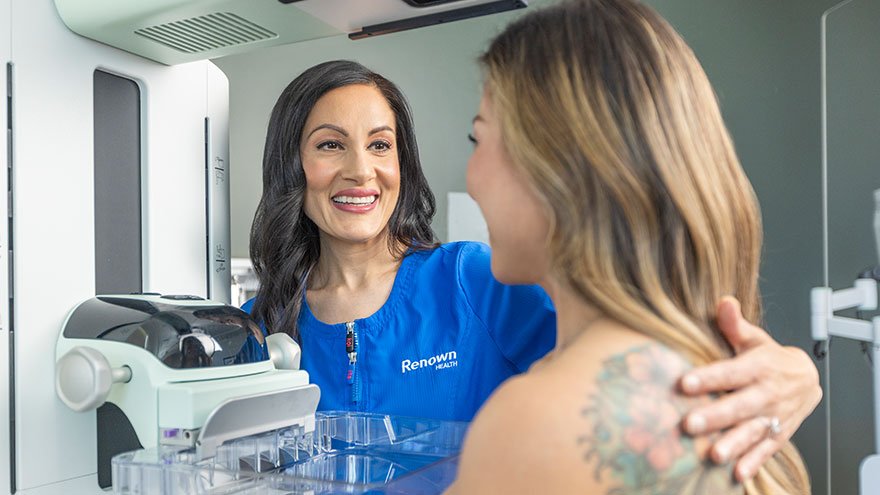
Your Guide to Preventing STIs

According to the U.S. Department of Health and Human Services, there are more than 20 million estimated new sexually transmitted infection (STI) cases in the United States each year, with rates continuing to increase.
What you may not know is most STIs are preventable. We talked with Renown Adolescent Medicine Specialist, Caroline Barangan, MD to learn more about STIs.
How Can You Get an STI?
The CDC (Center for Disease Control) says that STIs are acquired through sexual contact. There are bacteria, viruses or parasites that can cause an STI which may pass from person to person in blood, semen, vaginal and other bodily fluids.
How Do You Know if You Have an STI?
STIs can have a range of signs and symptoms such as:
- Warts, bumps or sores on or near the penis, vagina, mouth or anus
- Swelling, redness or severe itching near the penis or vagina
- Discharge from the penis
- Vaginal bleeding that’s not your period
- Painful or uncomfortable sex
- Vaginal discharge that has an unpleasant odor, causes irritation or is a different color or amount than usual
- Weight loss, diarrhea or night sweats
- Aches, pains, fever and chills
- Jaundice (yellowing of the skin and whites of the eyes)
- Painful or frequent urination
- Sore throat if you engage in oral sex
It’s important to know that the majority of people who have an STI commonly have no symptoms at all, which is why it’s important to get regularly tested once you have had any sexual activity. Young people less than 25 years of age should be screened on a yearly basis at minimum.
Future-Proof Their Health 💉

What Can You Do to Prevent STIs?
- Abstinence: Not having sex is the only dependable way to avoid infection.
- Vaccination: There are safe, effective and recommended ways to prevent hepatitis B and HPV (human papillomavirus). Learn more about the importance of HPV vaccines.
- Protection: Correct and consistent use of barrier methods, like male latex condoms, is highly effective in preventing many STIs.
- Sexual Partner Awareness: By decreasing your number of sex partners, you can decrease your risk for STIs. It’s also important for you and your partner to have open communication and get tested and share those test results with one another.
Why Is It Important to Prevent STIs?
Alongside possibly having painful and uncomfortable symptoms, STIs can also lead to more serious health complications such as infertility, miscarriages, and in certain cases like HPV or HIV (human immunodeficiency virus), there is an increased risk of cancer.
Related Blogs


Mammograms Matter: What to Expect to Help Ease the Fears
